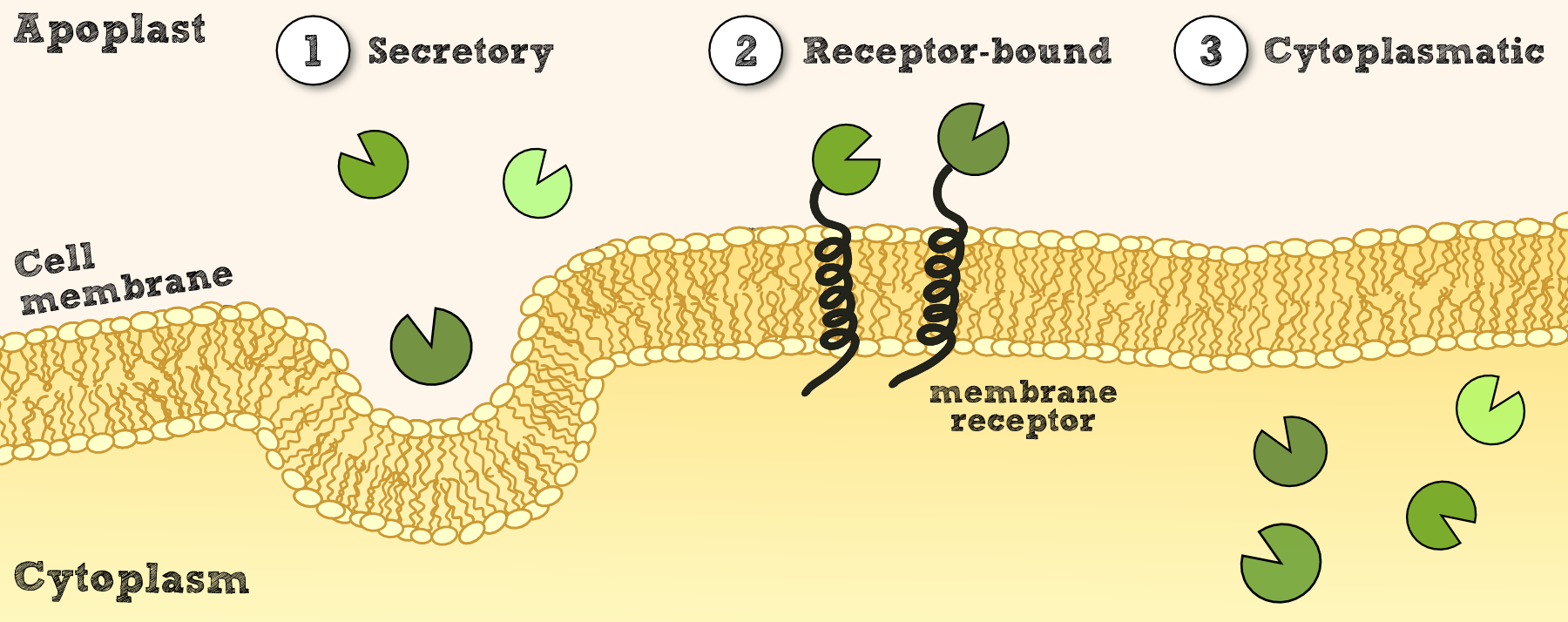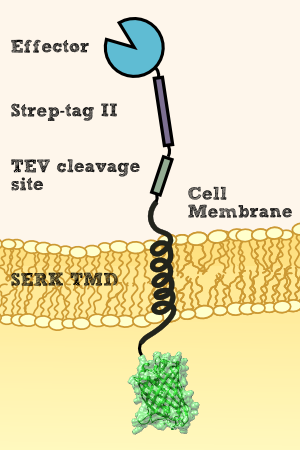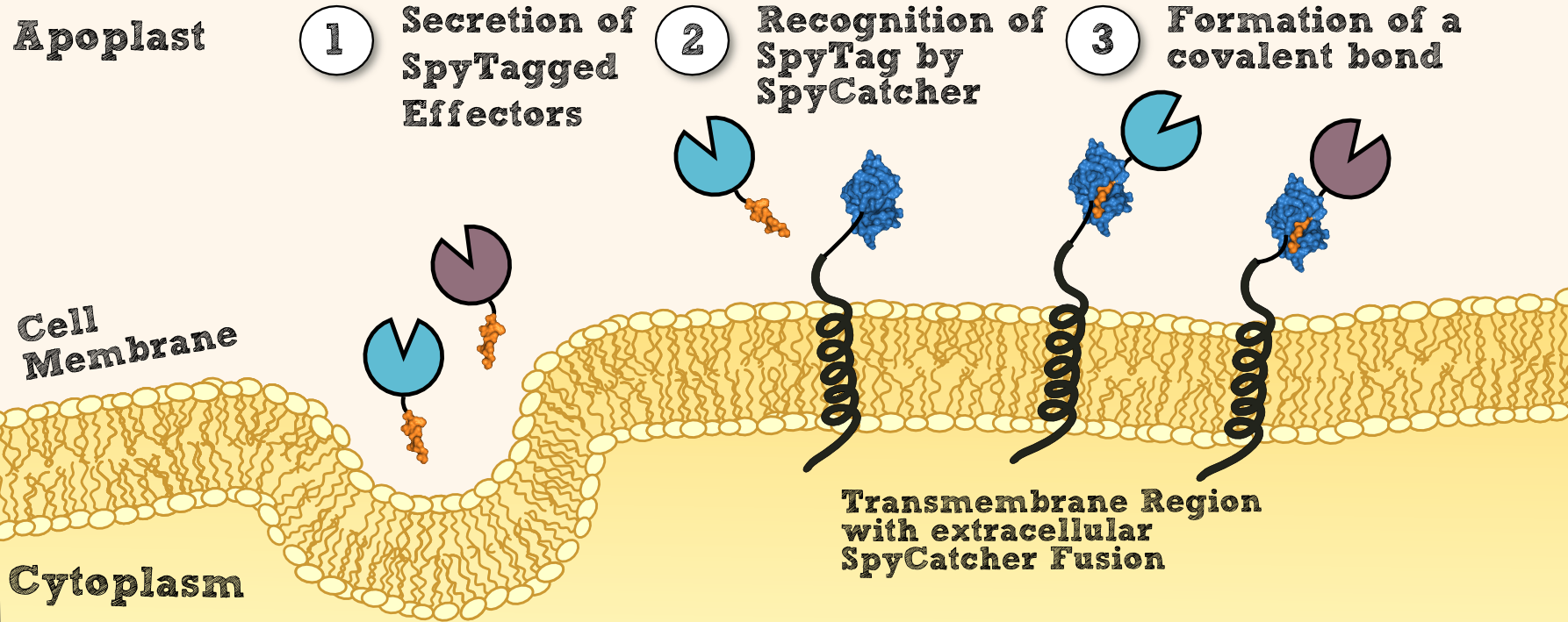Team:TU-Munich/Project/Localisation
From 2013.igem.org
Localisation in Physcomitrella patens
In order to use Physcomitrella as a chassis for Phytoremediaton it is essential to be able to express effector proteins in different compatiments. This includes at first a cytoplasmatic expression of cytosolic effectors which degrade xenobiotics which are able to cross the cell membrane and which might be dependent on cofactors for the degradation or conjugation to decrease environmental pollution. In a second attempt it is necessary to implement the possibility to secrete effectors outside the cell which are more accessible for the their respective target molecule. Finally it would be desirable to have the possibility to express effectors which are immobilized on the cellular membrane. This woule allow the creation of a system which does not release transgenic proteins in the environment and would allow to internalize substances which were bound by recombinant binding proteins into the cell.
The cytosolic expression of efectorproteins can be achieved by cloning the respective BioBrick behind the Actin_5 promoter which can be in RFC 10 or RFC 25. For the secretion of effectors we added the signal peptide from an antibody [Fussenegger] and also tested the signal peptide from the SERK receptor of Physcomitrella patens which both should be suitable BioBricks to accomplish secretion. For this purpose the signal peptides were created as RFC 25 N-parts and the effectors need to be availible in RFC 25 to create fusion proteins. Finally the inclusion of recombinant effector proteins into a receptor which is functional in Physcomitrella patens was investigated by the construction of a synthetic receptor based on the SERK receptor
Cytoplasmatic Expression
Secretory Expression
Membrane-bound Expression
SERK: The Blueprint from P. patens for a Synthetic Moss Receptor
Advanced expression: Employing SpyTag & SpyCatcher for post-translational fusion
At a certain point it will be necessary to think about transgenic moss which is able to degrade several different xenobiotics using different effector molecules. In order to prepare for these posterior needs we decided to integrate the SpyCatcher and SpyTag system into our project [Ref]. This Spy-system allows for the creation of posttranslational protein fusion based on a covalent bond which is formed between the side chains of residues of a SypCatcher and a SpyTag.
Therefore it is possible to create a protein fusion of the SypTag with a recombinant effector protein which is expressed separately (e.g. with anothe expression strength) and becomes in the secretory pathway fused to a receptor which contains the SypCatcher. By these means it becomes possible to express the SERK-receptor under a strong promoter and to adjust the expression of different effector proteins to their particuluar necessity (Fig. x B).
On the other hand enzymatic effectors might be active as multimeric proteins and thus not every subunit can be fused to a receptor for steric reasons. In this case the application of the SpyTag system also seems advantageous as it allows the multimeric protein to assemble into its functional form before it becomes immobilized to the outer side of the cellular membrane by its SpyTags (Fig. x C).
References:
- http://www.plantphysiol.org/content/127/4/1430 Schaefer and Zryd, 2001 Schaefer, D.G. and Zrÿd, J. (2001). The Moss Physcomitrella patens, Now and Then. Plant Physiology, 127(4):1430-1438.
 "
"






AutoAnnotator:
Follow us:
Address:
iGEM Team TU-Munich
Emil-Erlenmeyer-Forum 5
85354 Freising, Germany
Email: igem@wzw.tum.de
Phone: +49 8161 71-4351